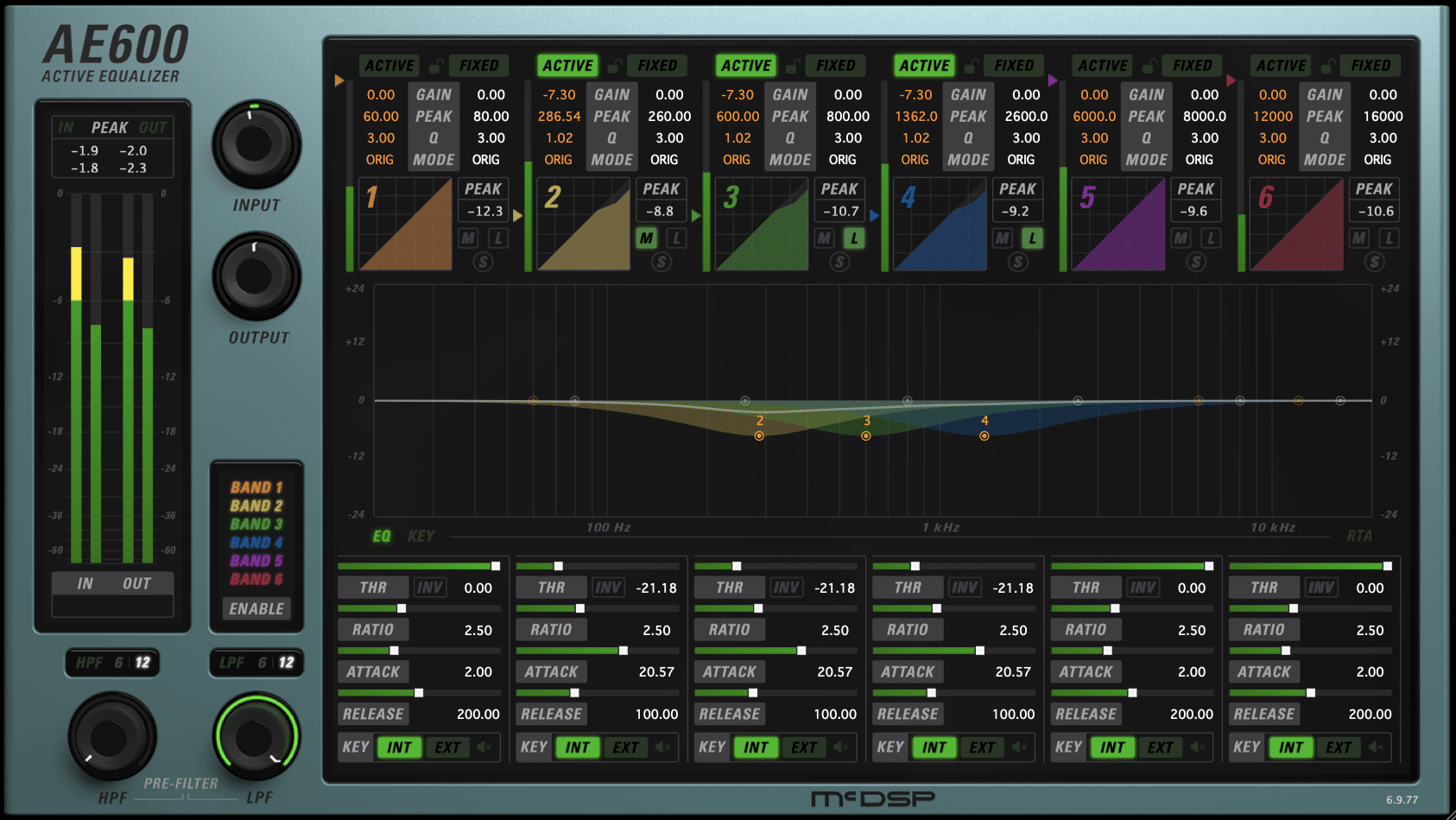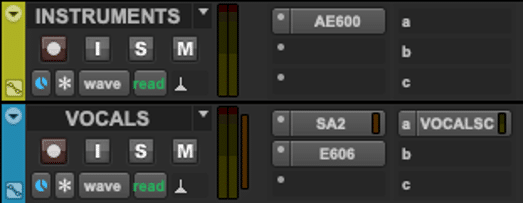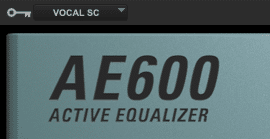Carve Space for Vocals with Ducking
Nine times out of ten, vocals are the most important part of any production. Depending on what the song calls for, they’re usually expected to sound up front, aggressive or intimate. They are also one of the most memorable elements in any arrangement!
As a result, producers are constantly using different mixing techniques to create just the right amount of space in their mixes so that the vocal track can stand out and shine. In this post, we’ll dive into using an active equalizer’s sidechain to “duck” a song’s instrumental. Let’s talk about how this works in more detail!
What Does it Mean to “Duck” an Instrumental?
“Ducking” is a term used for turning down the volume of a track whenever another track is playing. Usually, when ducking is taking place, it is being applied to the entire frequency spectrum.
However, in this case we’re talking about using the sidechain function of an active EQ to turn down a specific range of frequencies, such as the mid-range of an instrumental, only when the vocals come in. This allows us to dynamically carve out room for the vocals so there are no other instruments competing with it.
Routing Vocals to an Active EQ’s Sidechain Input
As you can see in the screenshot above, getting set up with this mixing technique is a simple process.
First, find your vocals buss, or create one if you haven’t already, that has all of your vocals routed to it. Then, find your instrumental buss and instantiate an active EQ plug-in on it. From there, send your vocals buss to a new buss and route that new buss to the sidechain input of your Active EQ.
Lastly, make sure any external sidechain options on your active EQ plug-in are enabled, and you’re done! All you need to do now is dial in your active EQ to taste, so we’ll walk you through some considerations to make when doing so.
Dialing in Your Active EQ
As with most mixing techniques, there are a few factors to consider when sidechaining your vocals to your instrumental:
Which Instruments Should Be Sidechained?
In many cases, sidechaining your vocals to your entire instrumental will probably sound great. However, if you want to take this mixing technique to the next level, try experimenting with only sidechaining your vocals to certain elements of your instrumental.
If you want to try this out, we recommend routing all your mid-range heavy and sustained instruments (such as piano and guitars) to their own buss/aux. From there, you can place the active EQ of your choice on that aux and route your vocals to its sidechain input.
Remember to experiment with this technique on different parts of your instrumental, though! You never know what might create just the right amount of room for your vocals.
Remember, you wouldn’t want the listener to distinctly hear that there are instruments getting turned down every time the vocal comes in. Therefore, we recommend using this mixing technique sparingly so it’s not doing too much gain reduction.

A Small Amount of Gain Reduction with an Active EQ
The use of attack and release times is significant when doing this kind of sidechaining, as it can be the difference between this effect being very noticeable or barely noticeable at all.
Don’t be afraid to experiment with the attack and release times on whatever active EQ you’re using. Every song is different and it’s likely that the same settings will not work on two different songs, especially if they have different tempos.

Potential Attack and Release Values on an Active EQ
Always take your song’s tempo and the natural attack of the vocalist into account when you’re dialing in your attack and release times. Attack and release times that are too fast could lead to strange pumping artifacts, while times that are too slow could cause the instrumental to slowly fade in and out too dramatically.
If you’d like to experiment with sidechaining your vocals to your instrumental but aren’t sure where to start, look no further than the McDSP AE600 Active Equalizer plug-in!
The AE600’s external sidechain feature on each band, along with its 6 active bands and 6 additional fixed bands, make it the perfect plug-in for this application. Simply route your vocal bus into the sidechain input of the AE600, engage the external sidechain setting for each mid-range band, and dial the plug-in to taste!

The McDSP AE600 Active Equalizer
We’re glad you asked! Check out these audio examples from Ann One and Horim’s song “Cruise,” where we used the AE600 to sidechain the vocals to the guitars and synths. Curious about the settings we used in these examples? Check out the AE600 screenshot above to see the exact settings you’re hearing in these clips!
We recommend listening in a high-quality listening environment to clearly hear the difference, as it’s subtle in this one. Nevertheless, you can hear that the mid-range gets a bit clearer when the AE600 is engaged.
Artist: Ann One + Horim (@annonemusic + @horimshin on Instagram)
Song: Cruise
Producer: Vintage Spaceship (@vintage.spaceship on Instagram)
Want to check out the AE600 for yourself? Try out a free 14-day, fully functional AE600 Active Equalizer trial here. We hope you learned something new! Be sure to sign up for our newsletter below to stay up to date on all things McDSP. We’ll see you next time!





